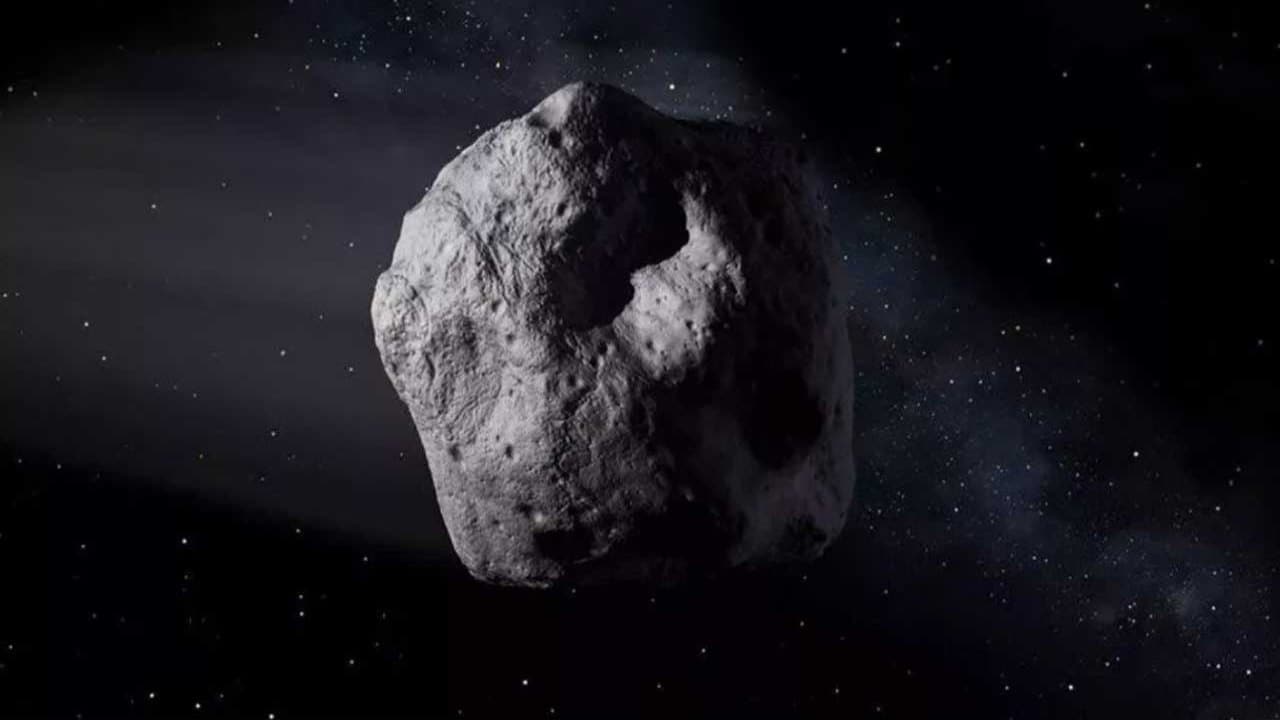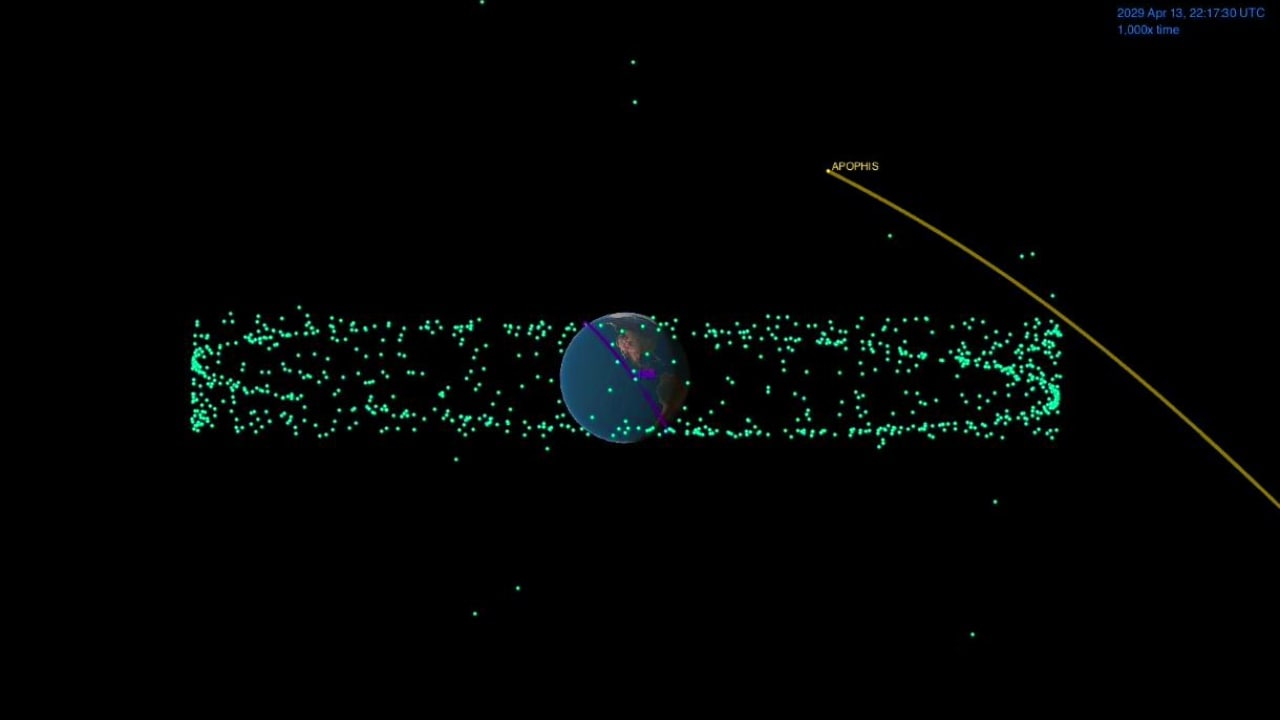tech2 News StaffMar 02, 2021 15:20:26 IST
Experts in planetary defense are relying on the popular asteroid Apophis to try their hand at calculations and capabilities to prevent deadly collisions of asteroids that post a hazard to life on Earth. Apophis is expected to make a close pass of Earth on 5 March. Experts and scientists in planetary defense will likely use the close fly-by as an opportunity to refine maps of its precise path, and see how the asteroid’s orbit behaves relative to Earth’s. At over 1,000 feet in size, asteroid 99942 Apophis is roughly the size of the Eiffel Tower.
Scientists from world over have been invited to observe Apophis, to help strengthen the planetary defense system. Vishnu Reddy, a planetary defense expert at the University of Arizona who is coordinating the observation campaign, told Space.com that the project will be a “coalition of the willing”, after which the scientists will “go on this campaign, trying to observe this object”. The upcoming campaign, listed on the IAWN website, states that the asteroid’s closest approach will be at 1.06 am UTC (6.46am IST) on 6 March 2021. Though the 2021 fly-by is not fairly close to the Earth, Apophis is due to make a closer pass in 2029, when it will be within ~40,000 km of Earth.

Apophis is a large near-Earth asteroid, expected to pass close to Earth in 2029, 2036 and again in 2068. Impacts in 2029 and 2036 had already been ruled out. As of February 2021, the chances of impact during the 2068 flyby of Apophis are now 1 in 3,80,000 (99.9997% changes of it missing Earth). Image: NASA
The International Asteroid Warning Network has organised similar observating campaigns twice in the past, with asteroids 2012 TC4 and 1999 KW4.
Apophis was calculated as being on a possible collision course with Earth several times in the past. A recent study claimed there is a very small probability (1 in 1,50,000) of the asteroid colliding with Earth in the year 2068. Apophis is large enough to cause major damage if there was such a collision, making it a suitable practise target for any real space rock-inflicted damage that may come our way in the future.

Apophis’s Earth-flyby in 2029. Image: NASA
Planetary defense isn’t hopeless: if humans identify a dangerous asteroid long enough before impact, we could theoretically do something to divert it, according to a Space.com report. Successfully preventing damage from an asteroid impact will depend on spotting the threat in time, which takes practice.
Asteroids, while making their way in the universe, can hurl towards planet Earth at dangerous velocities. Above a certain threshold size and velocity, these deadly asteroids can cause massive damage to the Earth’s ecosystem, not unlike the asteroid famed for having begun a snowball effect that ended in the extinction of over 70 percent of life on Earth, including the dinosaurs. This has kept many-a scientist worried, as to the implications, but also solutions to defend the planet against such incidents.
Though, in most cases, space rocks are too small to inflict damage or fly away without any collision, scientists agree that monitoring any big asteroid that can potentially prove to be dangerous is needed.
Also read: JF1, Apophis to graze Earth in 2020s; planetary defence courtesy NASA, ESA still underway
Killer asteroid obliterates New York in planetary defense simulation exercise










